Gregory worked his way up from a scaffold boy, to a labourer on production and drilling crews, to eventually becoming a producer of oil dipping equipment. Since many wells in Lambton County did not produce enough crude to place three pole derricks or jerker lines on the well, Gregory invented a machine that could be lowered into the well and pull accumulated crude out of the well and to the surface – this machine was called an oil dipper. He built his own dipping machines and earned $1.00 to $1.50 each day dipping oil out of wells. Even on this moderate wage, Gregory could afford to build himself a house on the 12th Line of Enniskillen.
When presented with the chance to earn $150-200 per month working as an international driller in Africa, Gregory leapt at the chance. International drilling paid considerably more than domestic drilling, causing talented innovators like Gregory to leave their homes in Canada in pursuit of riches abroad.



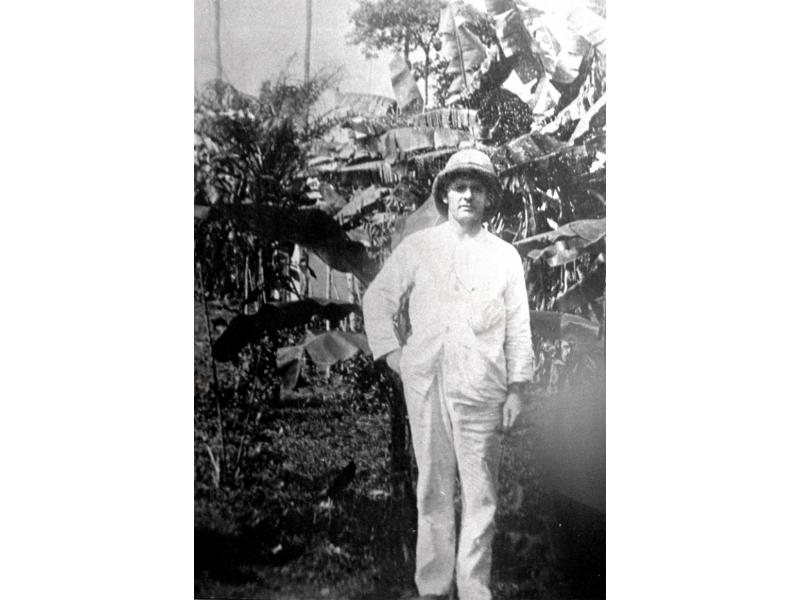 Henry Gregory in the international oil fields.
Henry Gregory in the international oil fields. 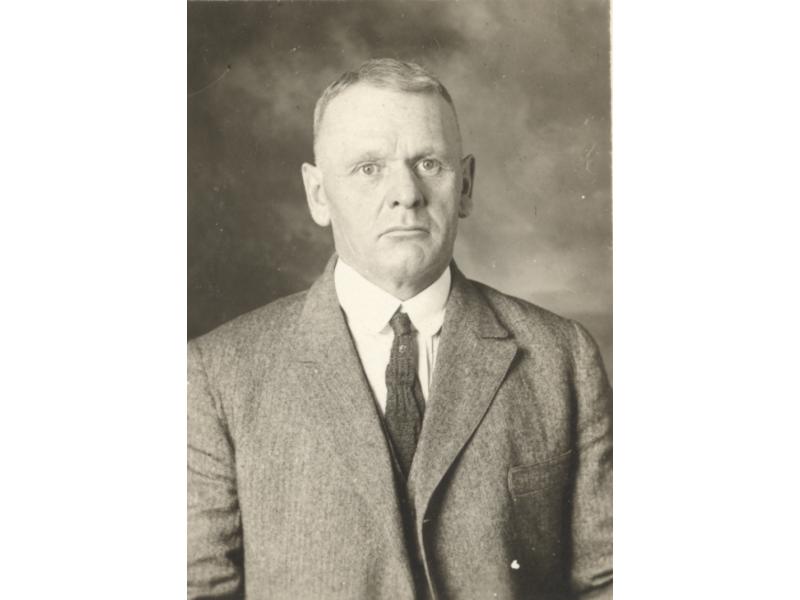 Henry Gregory
Henry Gregory 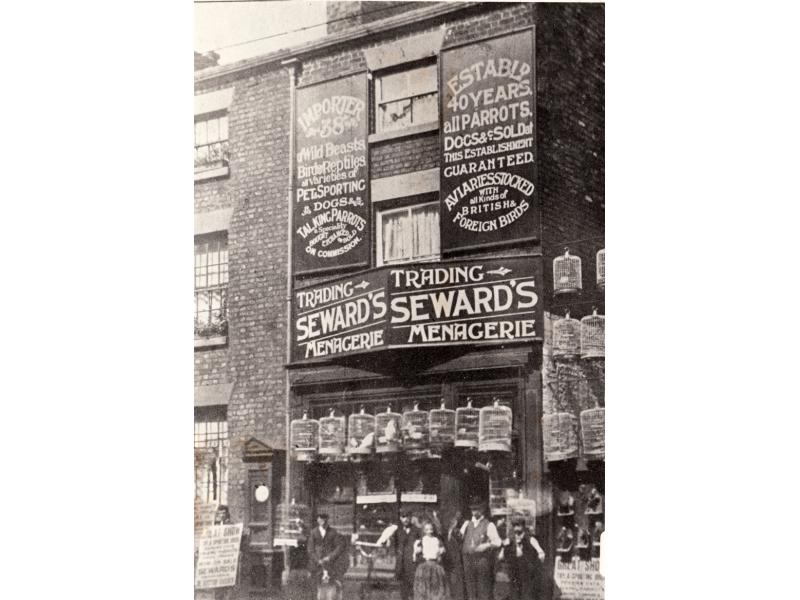 In this shop in England, Henry gregory bought two monkeys which he brought home for his family for a couple of years.
In this shop in England, Henry gregory bought two monkeys which he brought home for his family for a couple of years. 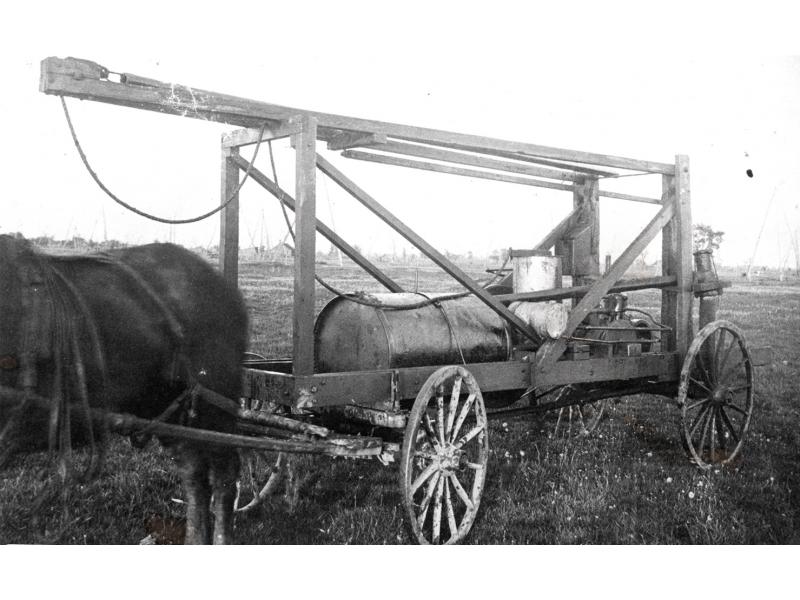 Crude oil dipping machine made by Henry Gregory.
Crude oil dipping machine made by Henry Gregory. 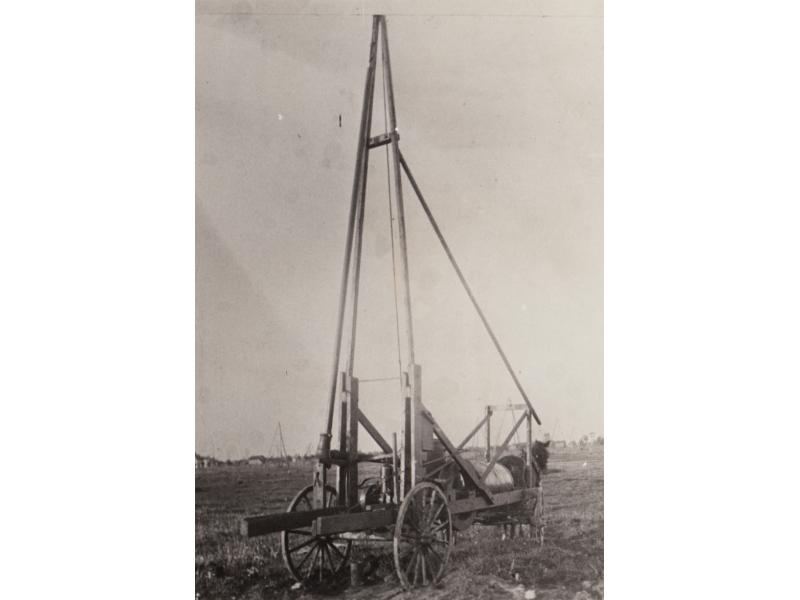 Crude oil dipping machine made by Henry Gregory.
Crude oil dipping machine made by Henry Gregory. 



Add new comment